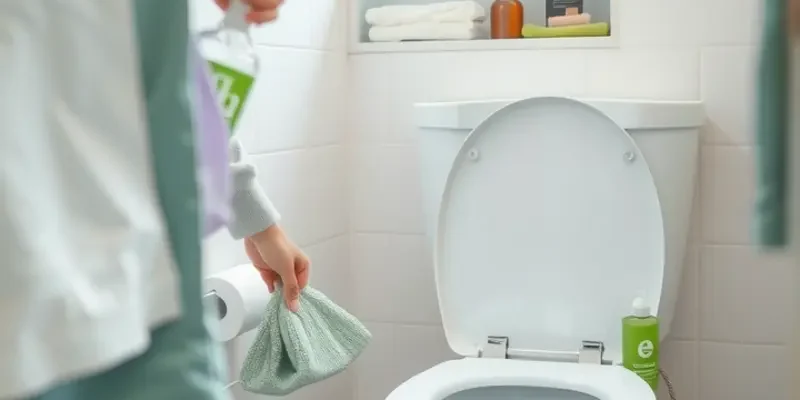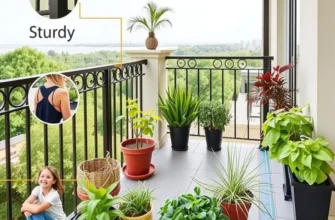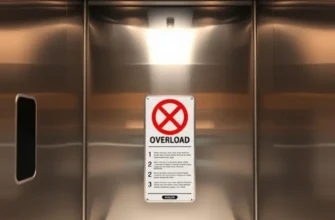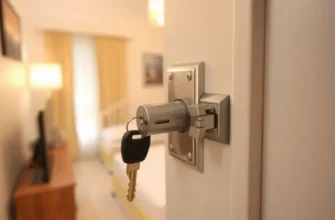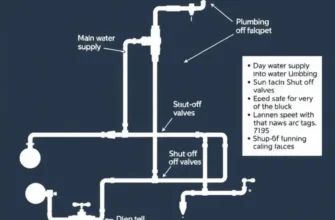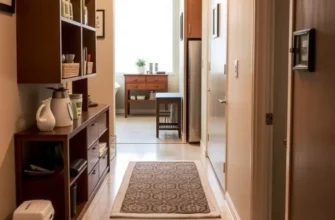Toilets are an essential part of any apartment, yet they often don’t receive the attention they deserve until a problem arises. For renters, it’s essential to prioritize both safety and efficient maintenance. A well-maintained toilet not only contributes to your comfort but also reduces potential health hazards, ensuring a secure living environment. Given that many renters in the U.S. may not have extensive DIY knowledge or direct access to plumbing resources, understanding basic toilet upkeep is vital. This guide serves to empower you with practical, straightforward strategies for ensuring your toilet remains in optimal condition. From minor cleaning tasks to recognizing signs of trouble before they escalate into significant issues, our goal is to help you navigate toilet maintenance effortlessly. By fostering your confidence in handling these routine responsibilities, you can enjoy a cleaner, safer living space without unnecessary hassle. Let’s take a closer look at how you can maintain your apartment toilet efficiently and worry-free.
Routine Cleaning: Keeping Your Toilet Sparkling and Safe
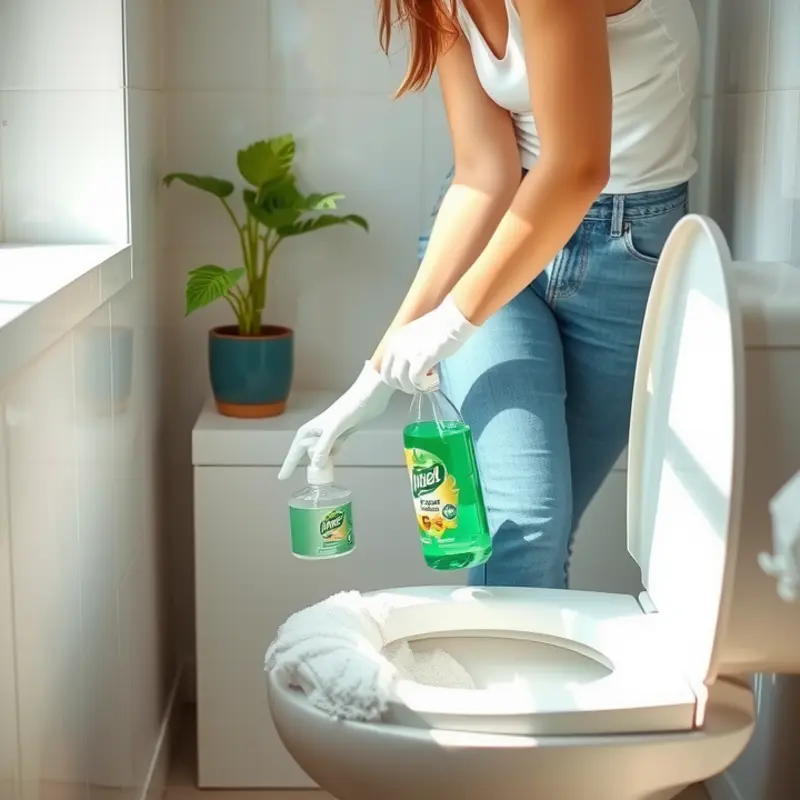
A clean toilet is essential not just for aesthetics but also for safety and functionality. Routine cleaning prevents stains and buildup, ensuring your toilet remains an asset instead of a hazard. To maintain a sparkling toilet, it’s crucial to adopt effective cleaning techniques.
Start by gathering the necessary cleaning tools: a reliable toilet brush, rubber gloves, a scrubber for stubborn areas, and non-abrasive cleaning agents. Chemical cleaners are effective, but consider eco-friendly options that are gentle on both your toilet and the environment. Always wear gloves to protect your skin from chemicals, and ensure the bathroom is well-ventilated during the cleaning process.
Begin by flushing the toilet to wet the bowl, which facilitates easier cleaning. Apply your chosen cleaner around the rim and in the bowl, allowing it to sit for a few minutes. This soaking time helps break down any mineral deposits and stains. While the cleaner works its magic, this is the perfect opportunity to scrub the exterior. Use mild soap and warm water to wipe down the toilet tank, lid, seat, and base, removing any dust or grime.
Next, focus on the interior. With your toilet brush, scrub under the rim and inside the bowl vigorously to remove any lingering stains. Don’t forget to reach down as far as you can into the trapway—the curved section at the bottom. For particularly stubborn stains, a paste made from baking soda and water can be applied directly to the stain and scrubbed with your brush.
Mineral buildup around the water line can be especially tenacious. For this, vinegar can be highly effective. Pour a cup of vinegar into the bowl and let it sit for several minutes before scrubbing. If your toilet is frequently plagued by hard water stains, consider using a pumice stone specifically for toilets to gently rub them away without damaging the porcelain.
Once you’ve thoroughly scrubbed both the inside and outside, flush the toilet to rinse away any cleaner residue. To keep odors at bay, incorporate a routine cleaning schedule. Aim to perform a deep clean weekly and quick touch-ups in between as needed. Consistency is key to preventing extensive dirt buildup and keeping your bathroom fresh.
Remember, maintenance is a joint effort with routine inspections. Be mindful of any changes, such as slow drainage, as an indicator of potential clogs. In the next chapter, you will learn more about preventing clogs and managing minor repairs to ensure your toilet remains a stress-free feature of your home.
For those dealing with frequent issues like clogged sinks, explore our comprehensive sink clog prevention guide for applicable strategies that can also benefit your toilet maintenance routine.
Recognizing Problems Early: Signs Your Toilet Needs Attention
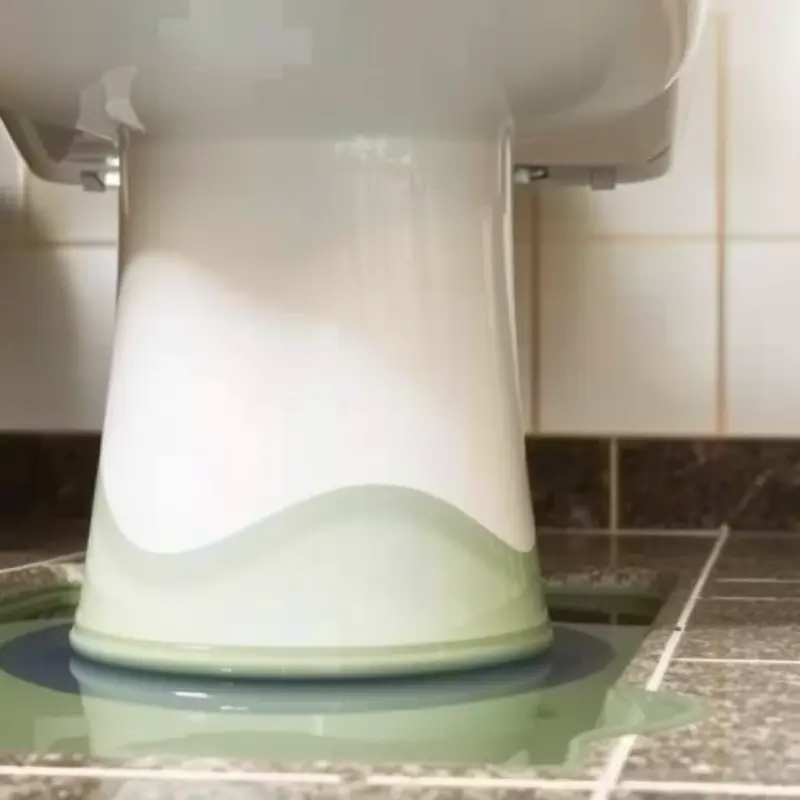
To keep a clean and functional bathroom in your apartment, it’s vital to recognize the early signs of toilet troubles. Identifying these issues before they escalate can save you from costly repairs and major inconveniences.
Water leaks are the most common issue to watch for. Look for water pooling around the base. This might indicate a faulty wax ring or a crack in the toilet. Unchecked leaks not only raise your water bill but can damage your floors. Silent leaks can also happen inside the tank. To test for this, add a few drops of food coloring to the tank and wait 10 minutes. If the color shows in the bowl, you have a leak.
Another frequent problem is a running toilet. If you hear the sound of a tank refilling long after you flushed, this is cause for concern. A flapper that doesn’t close properly or a faulty fill valve might be the culprit. These components are inexpensive and can often be replaced with minimal effort.
Clogs are a notorious inconvenience and often arise from flushing unsuitable items like wipes, paper towels, or an excess of toilet paper. A good plunger should suffice for minor clogs, but repeated issues could indicate a blockage deeper in the plumbing system. In these cases, a more thorough inspection is necessary.
Listen for gurgling sounds when using your sink or shower. These noises could indicate a partially blocked vent pipe. Vent pipes maintain air pressure to allow wastewater to flow correctly. A partially blocked vent could lead to slow drains or potential backups, suggesting it’s time to call in professional assistance.
The next sign is a wobbling toilet. A toilet must be securely attached to the floor. If it wobbles, it may simply need the bolts tightened, but sometimes reseating on a new wax ring is essential. Continuous movement can worsen the problem, so tackle any instability promptly.
Apart from leaks, keep an eye on any visible cracks in the porcelain. Even small cracks can develop into larger fractures, leading to leaks and potential flooding. If you notice any cracking, it’s best to consult with a professional to assess the risk.
For those concerned about maintenance, preventative measures can be essential in avoiding issues. Regularly cleaning the bowl and tanks will prevent mineral build-up, and a simple habit of inspecting components during cleaning sessions can go a long way.
Water efficiency and proper seals can also be monitored with tools you might find online (such as those recommended for apartment leak detection). Implementing these checks and being vigilant with your toilet’s health ensures it remains in optimal condition, providing functionality and hygiene with minimal stress.
Final words
By applying these straightforward maintenance tips and being aware of potential problems, you can ensure that your apartment’s toilet remains in excellent condition. Regular cleaning not only enhances hygiene but also extends the life of your fixtures, preventing annoying issues such as leaks or clogs. Most importantly, being proactive about maintenance fosters a safer living environment for you and your loved ones. Embrace these habits, and you’ll enjoy a worry-free experience in your apartment. With a little attention, your toilet can become one less thing to think about, allowing you to focus on creating a home you cherish.

